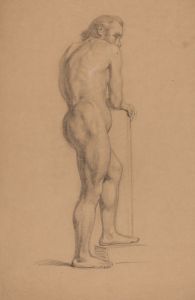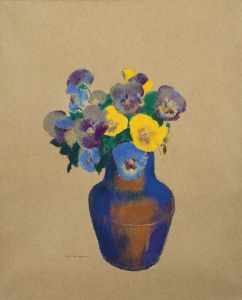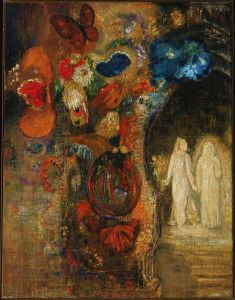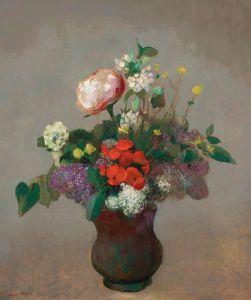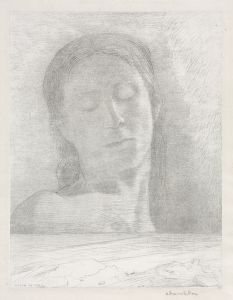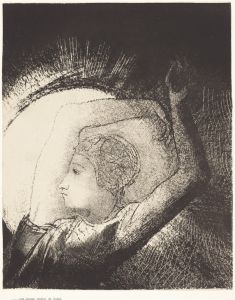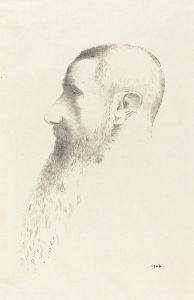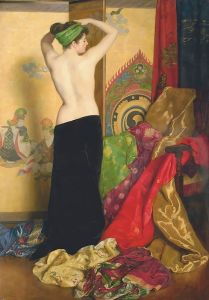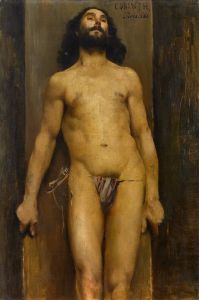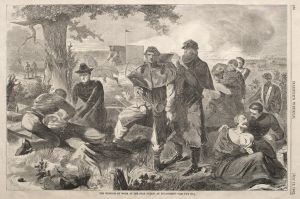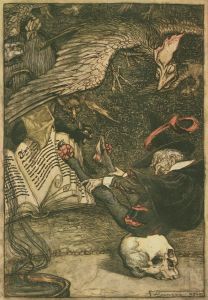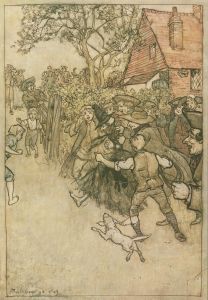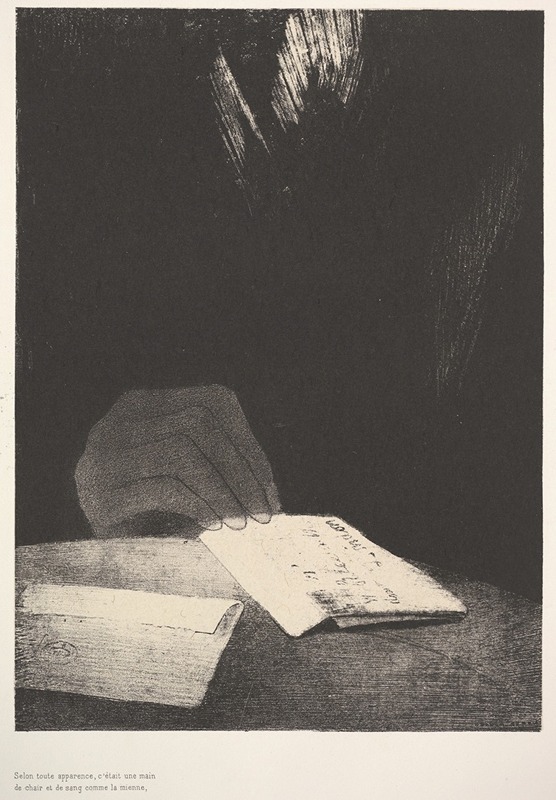
To all appearances, it was a hand of flesh and blood just like my own
A hand-painted replica of Odilon Redon’s masterpiece To all appearances, it was a hand of flesh and blood just like my own, meticulously crafted by professional artists to capture the true essence of the original. Each piece is created with museum-quality canvas and rare mineral pigments, carefully painted by experienced artists with delicate brushstrokes and rich, layered colors to perfectly recreate the texture of the original artwork. Unlike machine-printed reproductions, this hand-painted version brings the painting to life, infused with the artist’s emotions and skill in every stroke. Whether for personal collection or home decoration, it instantly elevates the artistic atmosphere of any space.
Odilon Redon was a French symbolist artist known for his unique and imaginative works that often explored themes of dreams, fantasy, and the subconscious. One of his notable works is "To all appearances, it was a hand of flesh and blood just like my own," which reflects his fascination with the mysterious and the surreal.
Redon was born on April 20, 1840, in Bordeaux, France. He initially studied architecture but later turned to painting and drawing, influenced by his mentor, the artist Rodolphe Bresdin. Redon's early works were primarily charcoal drawings and lithographs, often referred to as his "noirs," which depicted fantastical and often macabre subjects. These works were characterized by their dark tones and dreamlike quality, setting the stage for his later, more colorful pieces.
The painting "To all appearances, it was a hand of flesh and blood just like my own" exemplifies Redon's transition from the monochromatic noirs to his later use of vibrant colors. This work is part of Redon's exploration of the boundary between reality and imagination, a theme that permeates much of his oeuvre. The title itself suggests a sense of ambiguity and mystery, inviting viewers to question the nature of perception and reality.
Redon's style is often associated with the Symbolist movement, which emerged in the late 19th century as a reaction against the realism and naturalism that dominated the art world at the time. Symbolists sought to express the emotional and spiritual experience through symbolic imagery and themes drawn from mythology, literature, and dreams. Redon's work fits well within this context, as he frequently drew inspiration from literature, including the works of Edgar Allan Poe and Charles Baudelaire, both of whom explored similar themes of the uncanny and the otherworldly.
Throughout his career, Redon maintained a keen interest in the psychological and the mystical, often incorporating elements of the natural world into his art. His use of color and form was innovative, and he was known for his ability to evoke emotion and introspection through his compositions. Redon's work had a significant influence on later artists, including the Surrealists, who admired his ability to capture the essence of dreams and the subconscious.
In addition to his paintings and drawings, Redon also worked in other media, including pastels and oils, which allowed him to experiment with color and texture. His later works are noted for their rich, luminous colors and ethereal quality, which stand in contrast to the darker tones of his earlier noirs.
Odilon Redon passed away on July 6, 1916, in Paris, leaving behind a legacy of art that continues to captivate and inspire audiences. His work remains an important part of the Symbolist movement and is celebrated for its imaginative and thought-provoking qualities. "To all appearances, it was a hand of flesh and blood just like my own" is a testament to Redon's ability to blend reality with fantasy, creating a visual language that speaks to the complexities of the human experience.





